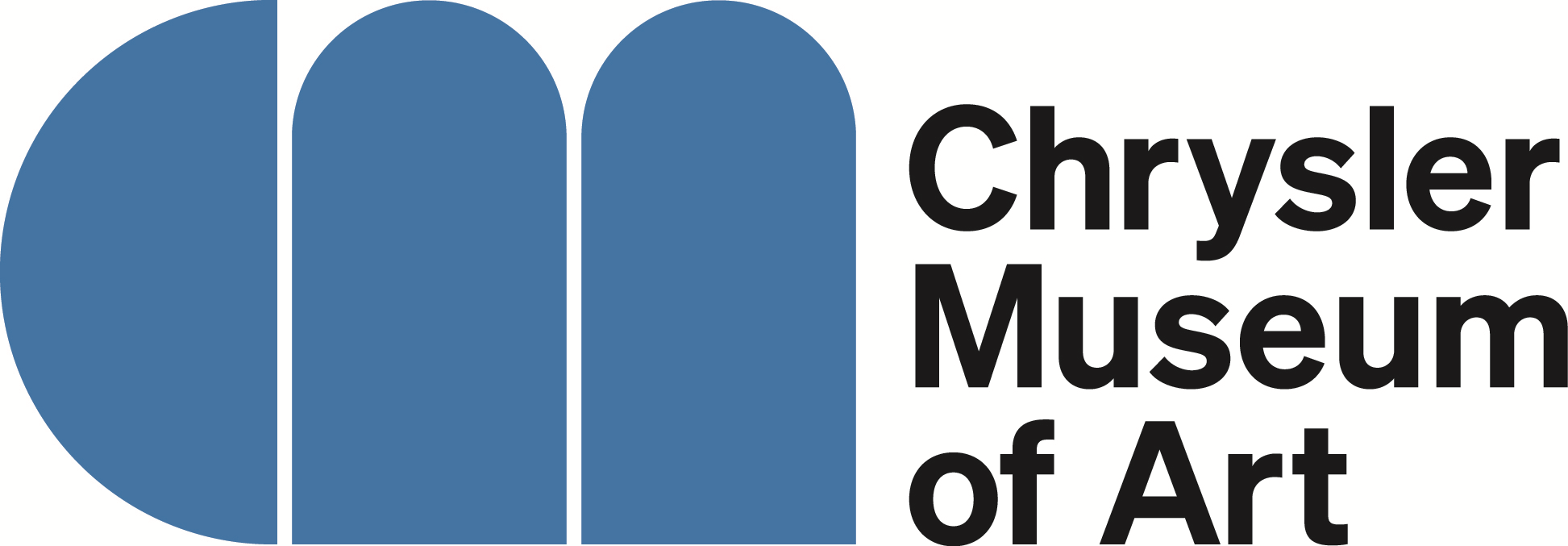Vase
Manufacturer
Unknown
CultureEnglish
Dateca. 1880
MediumBlown, applied, and tooled glass
DimensionsOverall: 9 5/8 in. (24.4 cm)
Overall, Rim: 4 3/8 in. (11.1 cm)
Overall, Rim: 4 3/8 in. (11.1 cm)
Credit LineGift of Walter P. Chrysler, Jr.
Object number71.6967A
Not on view
DescriptionVase of blown clear glass. Overshot with light opaqe blue refired so not rough. Applied light blue crimped rim with four "drips" down the vase. Three applied root-like blue feet. Applied pink, blue and white blossoms on amethyst stems with green leaves. One of a pair, see 71.6967B. Truly a pair, since blossoms are reversed.Label TextFANCY GLASS This type of fanciful glass was the flamboyant response to a period of stringent regulation within the British glass industry. In 1745, England imposed a weight-based tax upon glass, resulting in the creation of smaller and moderately decorated pieces. The bureaucratic restrictions that followed for the next 100 years hampered creative growth and ultimately caused the British glass industry to lag behind in competition for foreign markets. To the delight of glassmakers and design reformers alike, the government repealed the glass excise in 1845. New channels of technological and artistic growth opened up for glassmakers. They were freed to experiment with colors, designs, and techniques-and were eager to show off their skills. Decorations included applied flowers and leaves made with pincers or stamping devices, ruffled or crimped rims, applied threading, and optical effects made from molds. The explosion of creativity yielded both majestic and ostentatious results. English Pair of Vases, ca. 1880 Blown, applied, and tooled glass Gift of Walter P. Chrysler, Jr. 71.6967a-b Exhibition History"Cheers to Queen Victoria: British Glass from the Chrysler Collection," Waitzer Community Gallery, Chrysler Museum of Art, Norfolk, VA, September 22, 2010 - March 20, 2011.Published ReferencesWills, VICTORIAN GLASS, pg. 52-53. Darr, A GUIDE TO ART AND PATTERN GLASS, similar one illustrated, pg. 77.
Unknown
late 19th-early 20th c.














